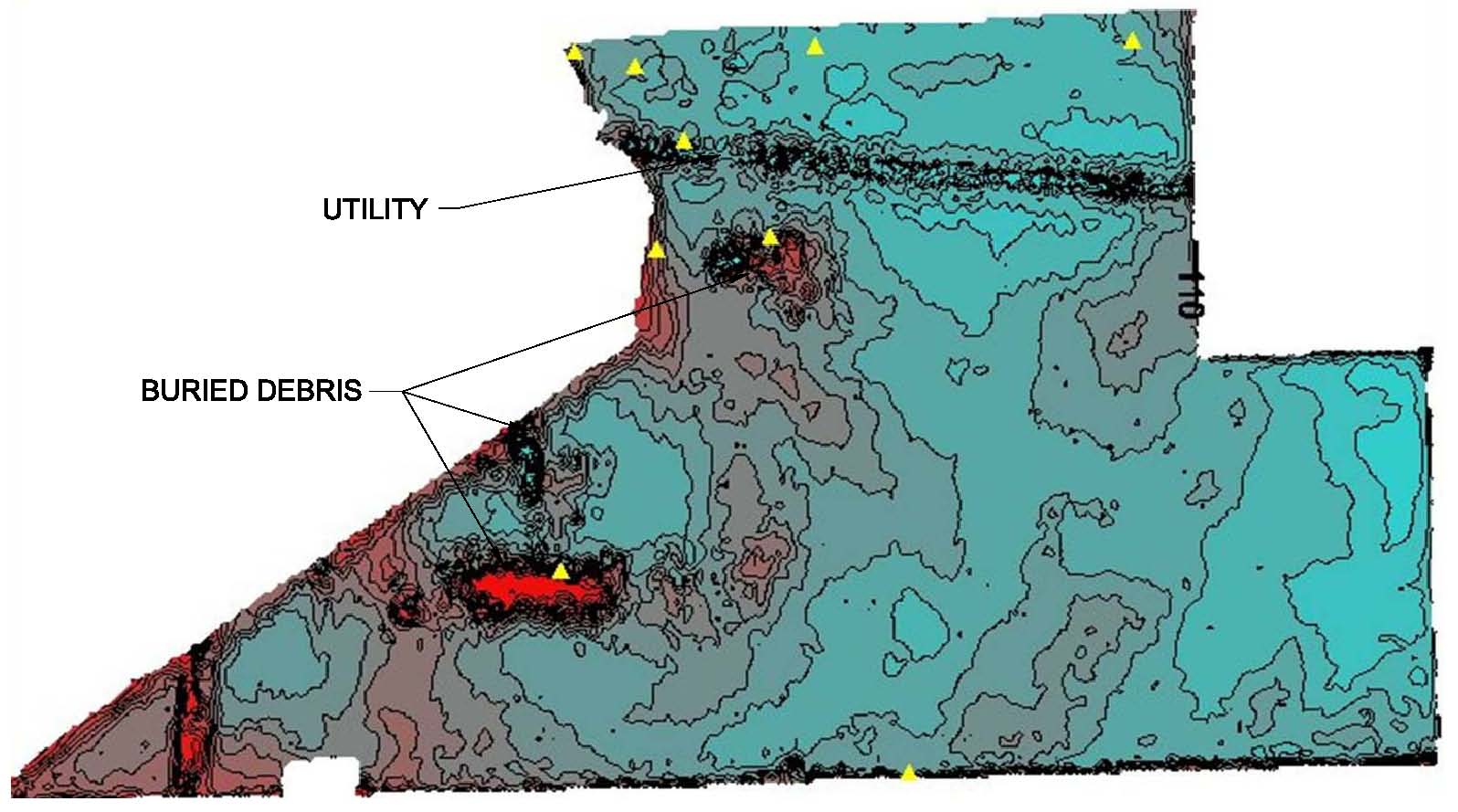
The Ultimate Goal….
- Reduce risk for developers
- Streamline design and construction processes
- Minimize cost increases and delays
- Determine accurate Geoenvironmental scope
For larger sites marketed for industrial and commercial development, environmental and geotechnical due diligence are indispensable tools for attracting developers.
Geotechnology’s interdisciplinary team of geotechnical and environmental engineers, environmental scientists and geophysicists can conduct the necessary due diligence to help owners and developers better characterize properties, plan projects and make informed decisions about the property. The assessments described here are a cost-effective approach to providing a more thorough understanding of the site and can reduce the risk of project delays and additional costs from otherwise unknown site conditions.
Desk study and/or Preliminary Subsurface Investigation
The desk study assists clients in identifying potential ground hazards and corresponding primary risks quickly and non-intrusively at an early stage so that these risks can be better managed during the design and construction process.
The Geotechnical desk study can provide early warning of hazards such as:
- Slope instability
- Underground utilities
- Abandoned mines
- Elevated seismic risk
- Sinkholes & related karst features
- Depth to bedrock
- Faults and fractures
Geophysical Studies
We provide geophysical surveys which has become one of the most useful and cost-effective tools available for subsurface site characterization.
Geophysical investigations can:
- Provide subsurface data at locations inaccessible to drill rigs or other heavy equipment.
- Provide subsurface data at culturally and ecologically sensitive locations deemed off limits to drill rigs or heavy equipment.
- Prioritize intrusive exploration activities.
- Establish locations of “Smart Borings” – borings located at geophysical features or anomalies to maximize subsurface exploration information.
Cone Penetrometer Testing
Geotechnology’s Cone Penetrometer Testing (CPT) provides a detailed, in-situ testing method used to map soil stratigraphy and estimate many fundamental geotechnical engineering properties of softer, sensitive soils. Compared to standard penetration testing, CPT offers increased accuracy, speed of deployment and advanced in-situ testing that results in a more continuous profile and reduced cost. The CPT process does not produce cuttings and eliminates cutting disposal as a drilling task. The daily production rate for CPT is often 1.5 to 3 times faster than conventional drilling and sampling.
Natural Systems and Environmental Site Assessment (ESA)
The presence of wetlands, creeks, ponds and other water features on a project site can affect the viability of a project. At project inception, Geotechnology assists clients with assessing properties for potential wetlands, and waters of the U.S. Knowledge of on-site jurisdictional waters can help clients determine the most cost effective course of action for the intended use of the property. Once a site has been selected, Geotechnology can perform a comprehensive delineation to assess the extent of jurisdictional waters and wetlands within the project area and provide information about possible permitting and mitigation strategies.
The Phase I Environmental Site Assessment is probably the most common task that developers know they have to complete before beginning a project.
For a Phase I ESA, we typically:
- Review historical data and conduct interviews regarding past usage of property
- Conduct visual site reconnaissance
- Research area for involvement in state or federal cleanup programs
- Document the findings in a final report in accordance with ASTM E 1527-13
The primary purpose of the Phase I ESA is to identify Recognized Environmental Conditions (RECs), which are defined as the presence or likely presence of hazardous materials or petroleum products on a property. Conducting a Phase I ESA is also the first step in qualifying for various Landowner Liability Protections under CERCLA (aka Superfund).
